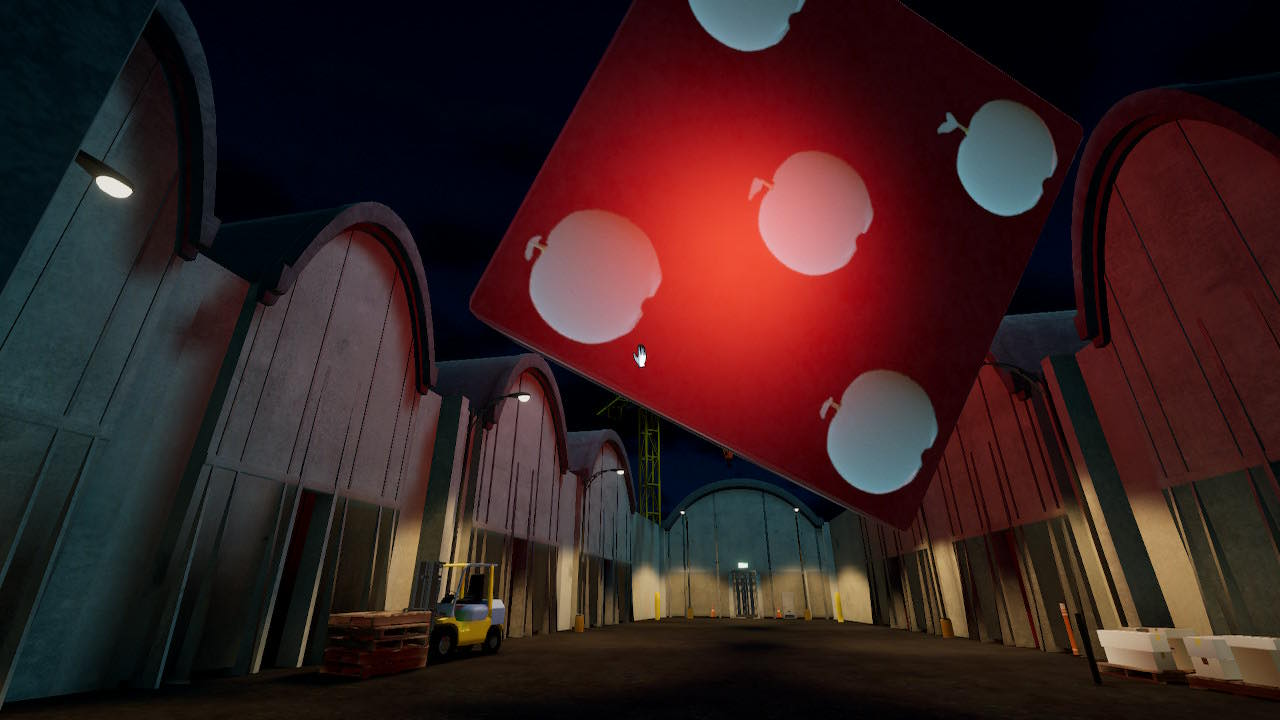Superliminal

Developer: Pillow Castle
Writer: Jonas Tarestad
Platforms: PlayStation 4, Xbox One, macOS, Microsoft Windows, Linux
Target Audience: Teens and adults interested in alternative puzzle games with a sense of humor and light story.
Superliminal is a single-player, first person perspective puzzle game. The player is the subject of dream therapy in which their perception becomes reality. This manifests itself in the form of perspective-based puzzles in which the player can grab objects and manipulate their size, geometry, location, and orientation based on where that object is in their field of vision. The story consists of the player breaking out of the bounds of the treatment environment and trying to navigate their way out of the dream and wake up. Along the way, they are accompanied by a treatment supervisor, who is a voice that comes over the speaker system and Dr. Glenn Pierce, who provides unhelpful status updates about the treatment progress over radios.
Through the mechanics of altering the state of objects through perspective, the game encourages players to think differently about the world around them and leverage their perspective as a maker of truth. For example, players can invoke objects by viewing their projections at the right angle and manipulate the size of objects to navigate over obstacles or increase the amount of light they produce. This creates the aesthetics of challenge and discovery as players are confronted with physical obstacles they must creatively overcome by manipulating the world in novel ways. Moreover, the act of messing with reality, the unexpected ways that objects are presented to the player (e.g. suspiciously red splatter eventually revealed to be red paint), and the voices, also create fun through humor. Superliminal truly takes clever puzzles to an extreme extent. The puzzles are the joke setups, and the solutions are the punchlines.
One improvement to the game would be to restructure the onboarding tutorial so that environmental clues and hints immediately precede the puzzles in which those concepts are used. For example, the game teaches players that they can invoke objects by viewing them from the correct angle, but the following puzzle doesn’t use this mechanic, which detracts from the flow of learning. Another major issue with the game is the wide field of view. The FOV is much wider than other first-person games and almost creates a fisheye effect, which is disorienting. I can’t play this game for more than 30 minutes without getting nausea. I would allow players to adjust their field of view within the settings to help mitigate this issue.


